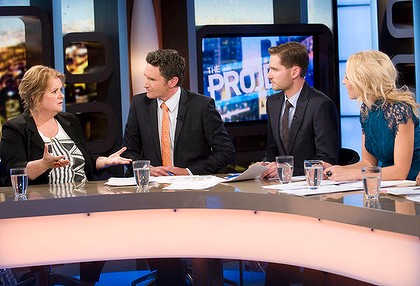In week 1, I choose ‘Break through the screen’ as a title for my blog. It as a metaphor about how by exploring media myths it is possible to break apart issues in order to understand how the role of the media impacts our society.
The topic that has impacted the most on my perspective of the media, has been looking at media ownership. Elizabeth Hart’s line “who owns the media owns the message” has challenged me to be more skeptical of the source of my media. By engaging with media issues I have become more aware of ideological messages that are present in texts.
For example in ‘Out of Control’ the inclusion of CCTV camera footage as evidence of frequent drunken violence in Wollongong creates the impression youth in the area are troublemakers. The media may not always present the full picture of a story. I have learnt to question the media more.
Through studying media theories I have also become more savy in identifying techniques employed by the media to convey messages to an audience. I think that the use of semiotics in advertising is a powerful tool. Particularly because of the connotations that may resonate with the audience.
The media is a dynamic entity and acts as a forum for ideas in the mediated public sphere. Through this assignment I have become more appreciative of the role of popular media about raising contemporary issues in society. BCM110 Tweets and blogs were helpful examples of ways in which we can contribute to the debate on media issues.
Through WordPress, I have been able to view a broad range of students’ perspectives on media issues, addressed in the readings and lectures. Viewing others blogs has challenged me to consider other viewpoints. By commenting on blogs I have had the opportunity to also express my opinion and explain my stance on an issue.
The examples of additional material on others blogs has broaden my outlook of the ways issues are portrayed in the media itself.




